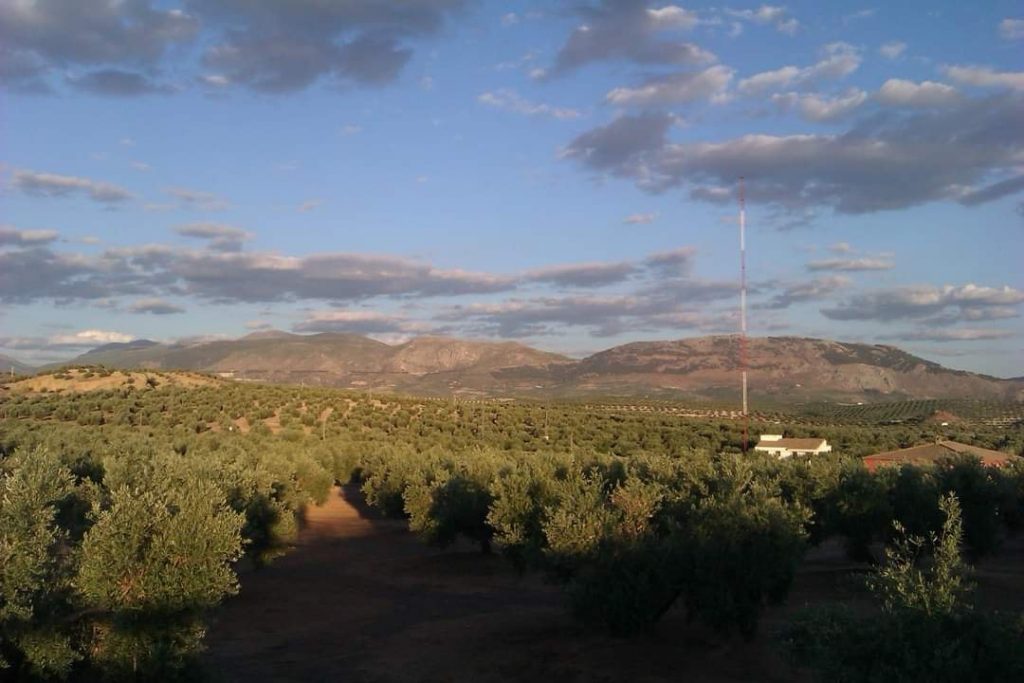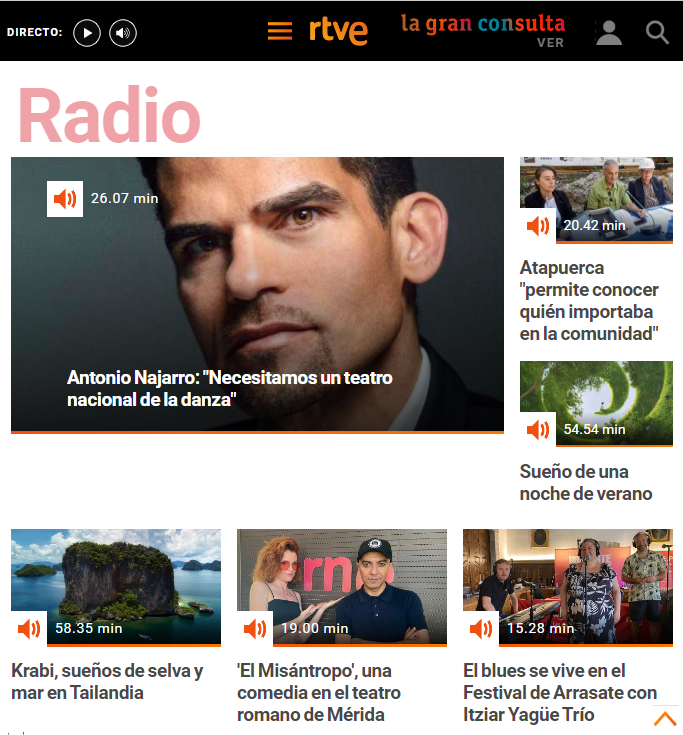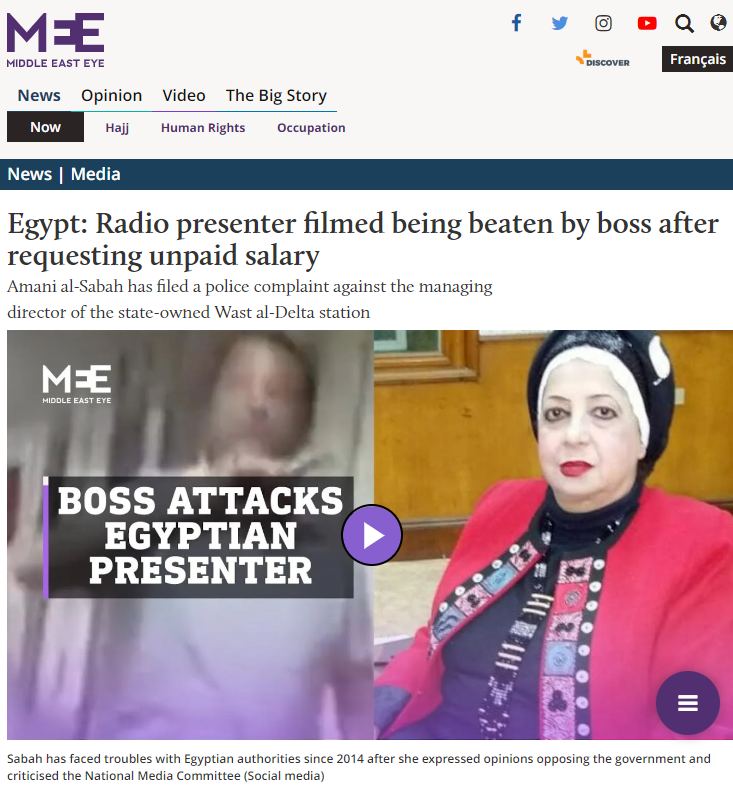
Source
Many Spanish broadcasters in recent years have abandoned amplitude modulation, a ‘duplication’ of FM that has become increasingly expensive. Until a few years ago they were local stations, with powers ranging from 1 to 5 kW (as explained in this article from 2015, which took stock of many closures). This year, energy prices skyrocketing due to the effect of the conflict in Ukraine, the ones throwing in the towel are heavyweight broadcasters that had resisted until now thanks to their regional catchment area.

Source
In June, four important Cope stations bade farewell: Barcelona (783 kHz), Seville (837 kHz), Valladolid (882 kHz) and Pamplona (1135 kHz).
Public radio saves

Source
Radio Nacional de España chose instead to reduce the power of six broadcasting centres from 300 to 100-150 kW, which becomes 75 at night. These are: Madrid (585 kHz), Santa Cruz de Tenerife in the Canary Islands (621 kHz), A Coruña (639 kHz), Sevilla (684 kHz), Barcelona (738 kHz) and Murcia (855 kHz). Quite a downsizing for the Spanish airwaves, which represented a conspicuous anomaly in the European radio scene, as it was the only nation with more than two hundred transmitters. Today, however, there are 163 transmitters, and public radio prevails with 104 transmitters from RNE and RNE5, against the 60 commercial ones from Ser and Cope.
Ser is not far behind

Source
The radio group with the largest audience, Cadena Ser, is also reducing power and switching off: in June 2022, the signals of Radio Córdoba and Radio Mallorca disappeared from the airwaves. But the operation is being carried out without much fanfare. Sometimes the stations on the airwaves lack an authorised FM frequency, and the radio groups reuse the channels of other radio stations in the group (Cadena Dial, Los 40, Cadena 100 or Rock FM). This has already been done by Cope Ciudad Real and Cope Puertollano who, after broadcasting for years without a licence, have taken over the frequencies of Cadena 100.




